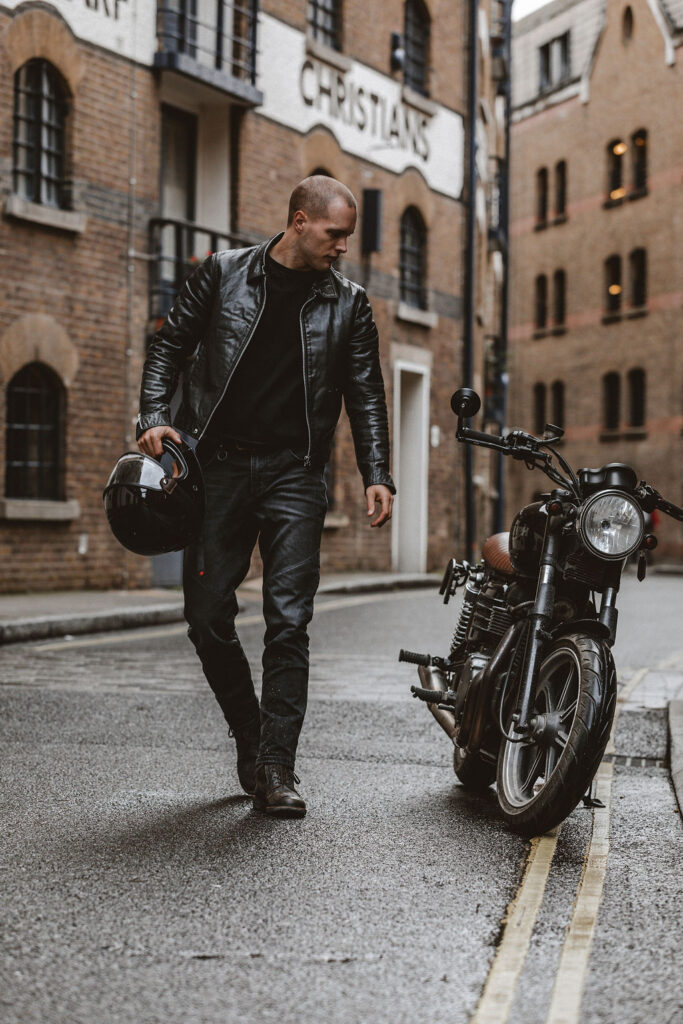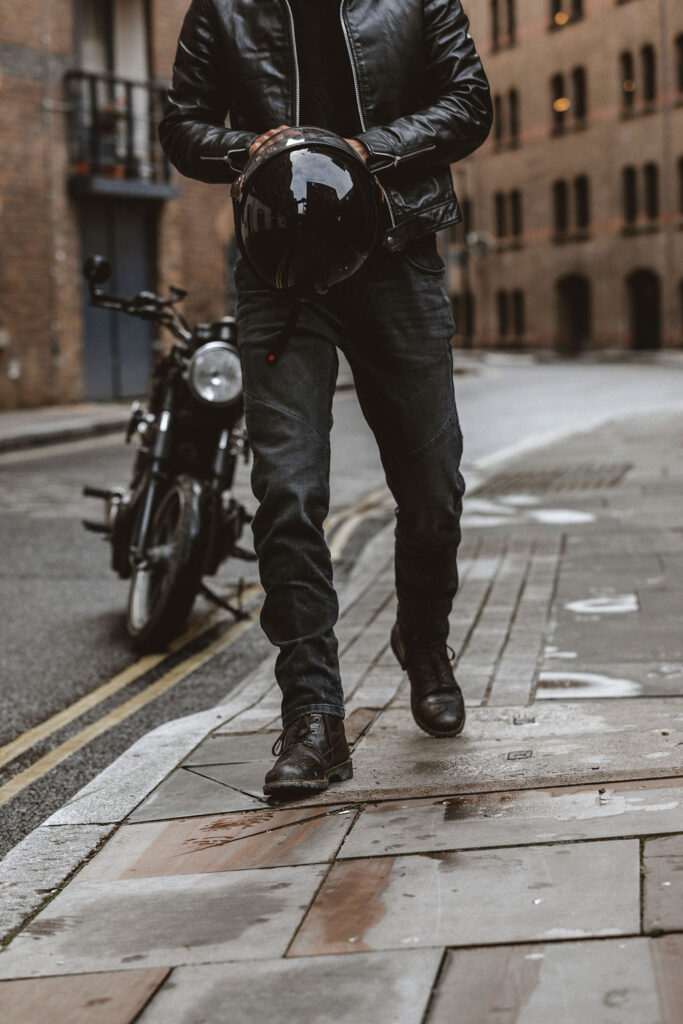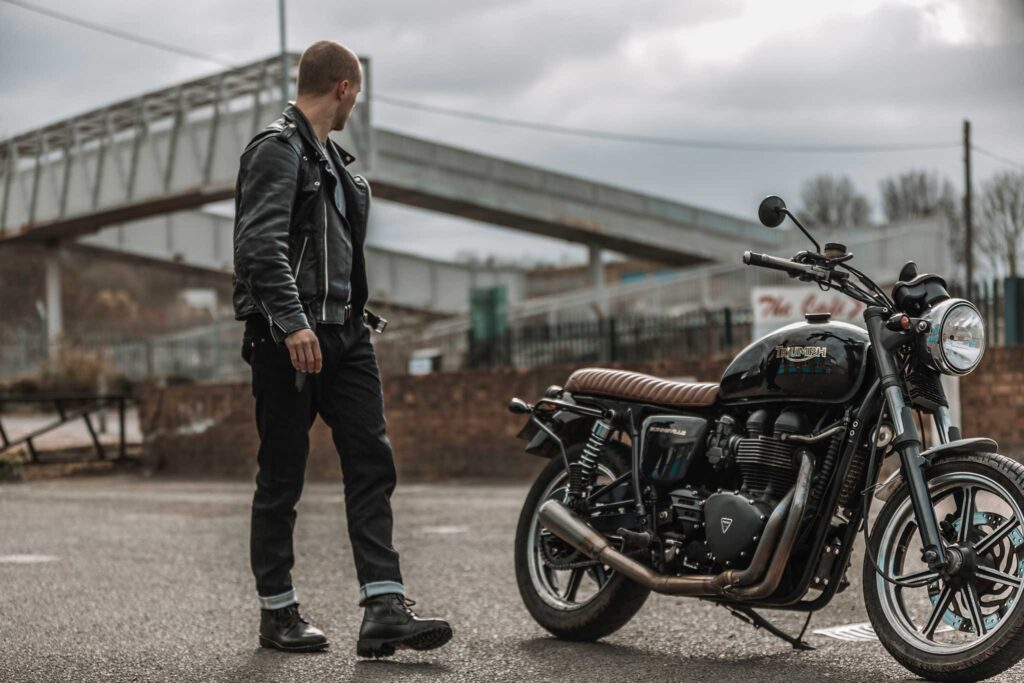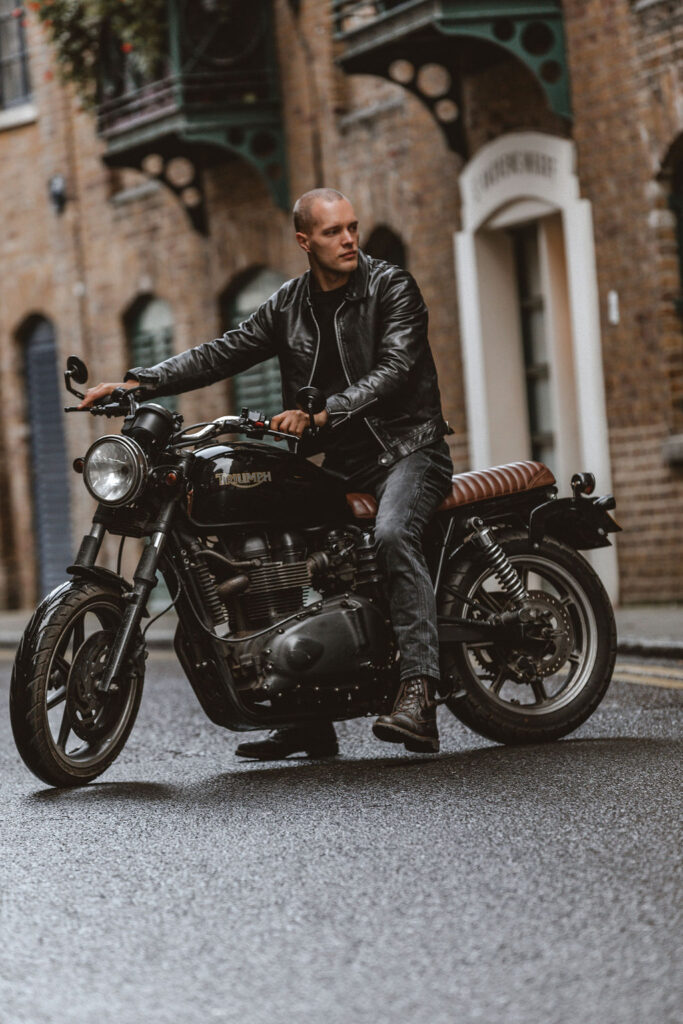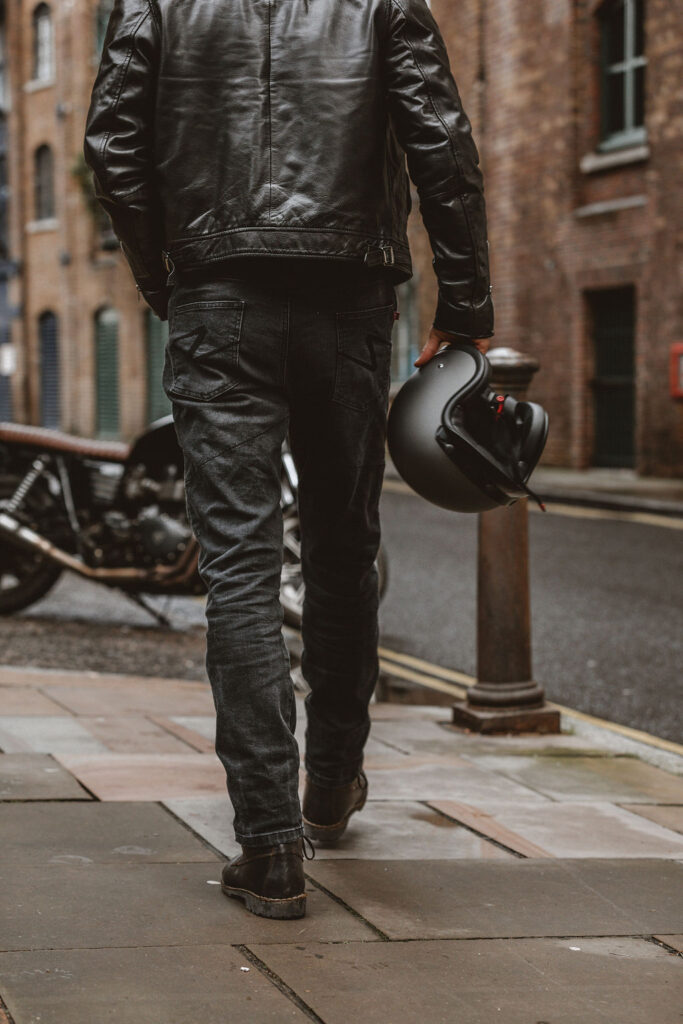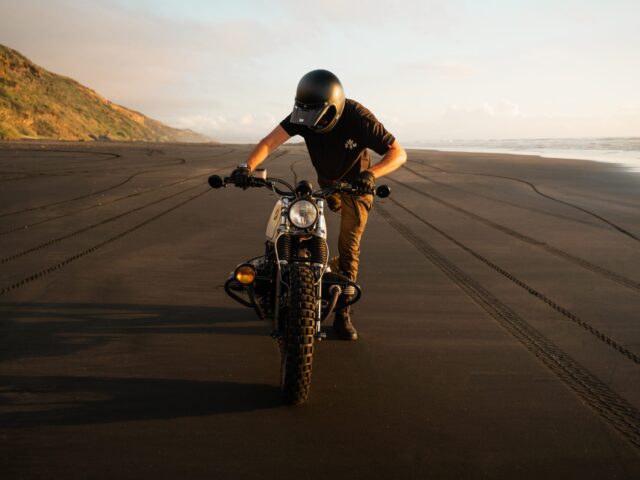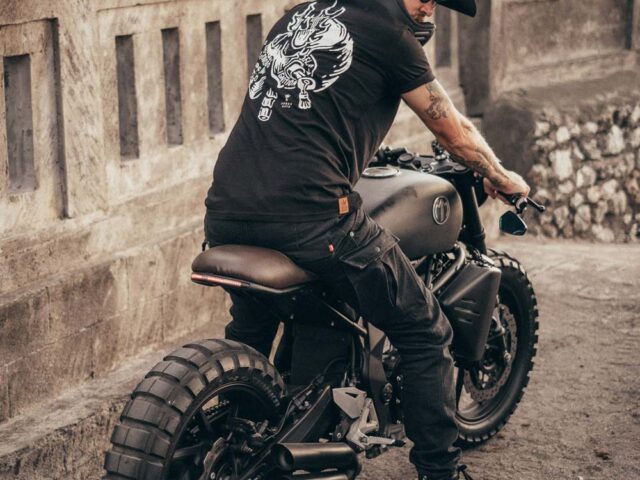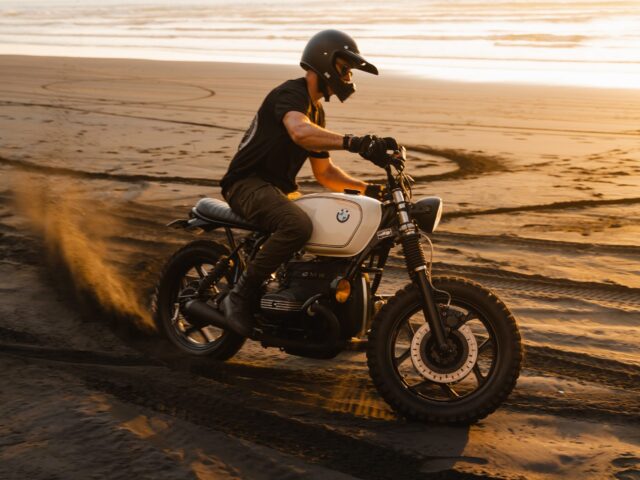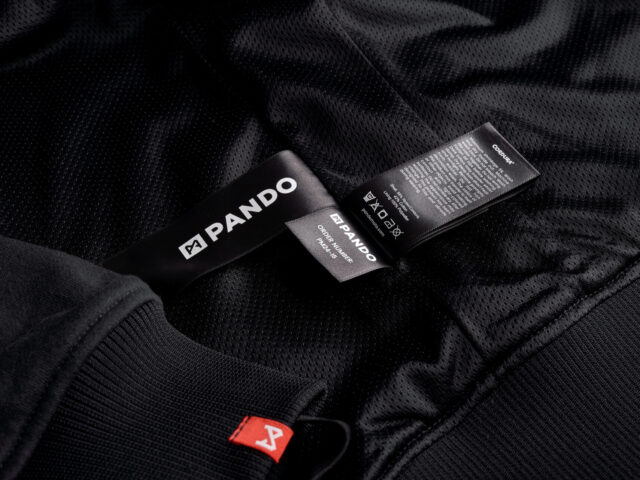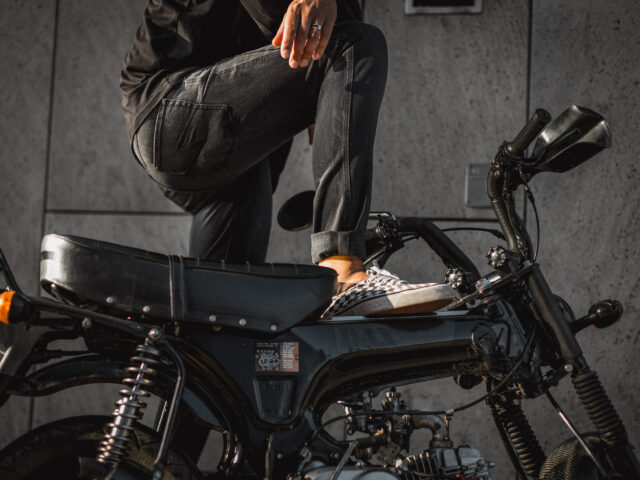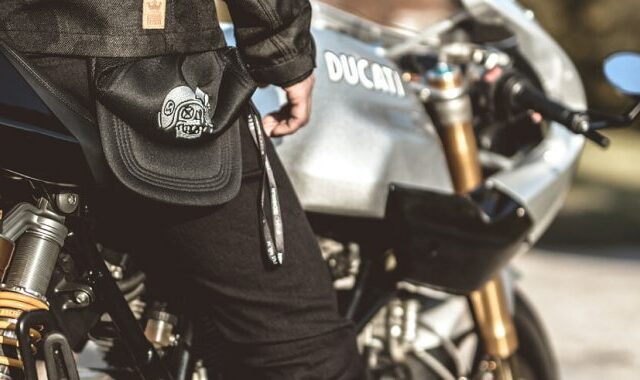Café Racer Outfit and the History of Café Racer
July 12, 2021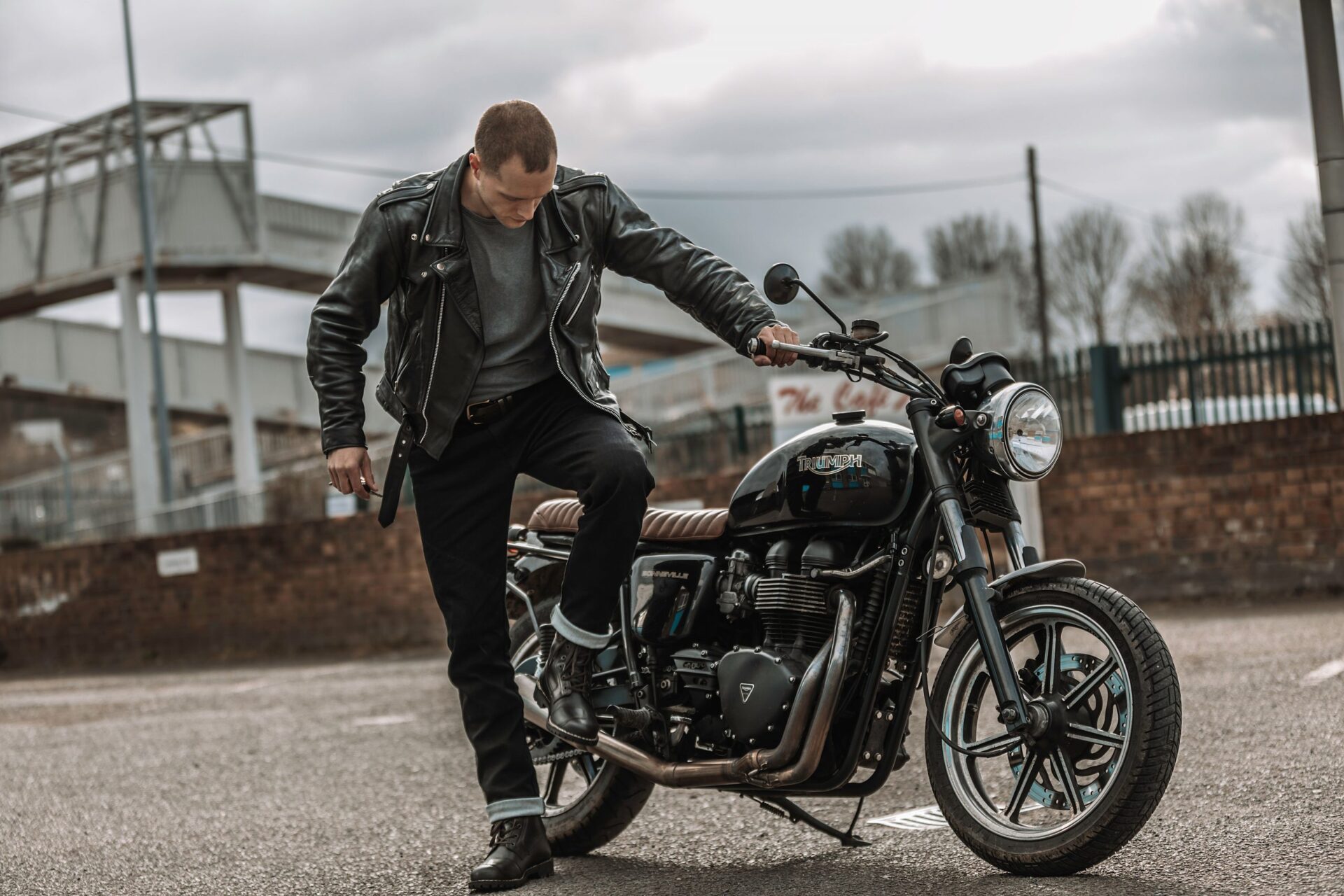
Motorcycling history is as layered, colorful, and fascinating as the two-wheeled machines themselves, but few motorcycle movements are as distinct and influential as the café racer culture. Having originated in the UK in the 1950s, the café racer subculture soon infiltrated the rest of Europe and North America, and to this day, café racers remain a rare and extraordinary breed of motorcyclists.
Café racer culture is more than just motorcycles, it’s also the individualism, the love for speed and rock and roll music, and the pent-up young energy expressed in custom bike tuning and reckless adventures. Now, café racer culture is as alive as ever, and café racer bikes still bear a certain motorcycle aesthetic while their riders adhere to the fifties’ rock and roll vibes and the need to stand out from the crowd.
So where did the café racer culture come from, and why does it continue to dominate the motorcycling world to this day? Let’s take a closer look:
The Origins of the Café Racer Culture and the Rock and Roll Subculture
In 1950’s America, young people thirsty for speed, adventures, and freedom took to Elvis Presley and hot rods – cheap cars tuned and customized in makeshift garages, and raced around the streets of Southern California. At the same time, the British youths looked for the same thrill, but not being able to afford cars like their American counterparts, they bought motorcycles. Bikes like Triumph Bonneville were cheap, and they were easy to work on; in the 1950s and 1960’s London, young people wanted bikes that could hit a hundred miles per hour. They experimented on their bikes’ performance regardless of poor tarmac quality, skinny tires, and sketchy brakes. The café part in the “café racer” followed naturally: most of the young and reckless London motorcyclists shared the love of rock and roll, and the only places to hear the music were cafes. The Ace Café in London soon became the number one hub for the café racers, and from there, the culture flourished across the entire country.
Café Racer Popularity in the USA and Europe
Legend has it, the very name “café racer” was at first a put-down used by London car and truck drivers who noticed young kids hanging out at cafes and racing each other, no matter how short or misfortunate those street races were. The café racers would hang out in a café, wait for other riders to show up, then dare to race them to see who can hit “The Ton” – the revered hundred miles an hour – to the next café. “You’re not a real racer, you’re just a café racer”, the onlookers would comment, but the café racers happily embraced the term – and continued their two-wheeled adventures.
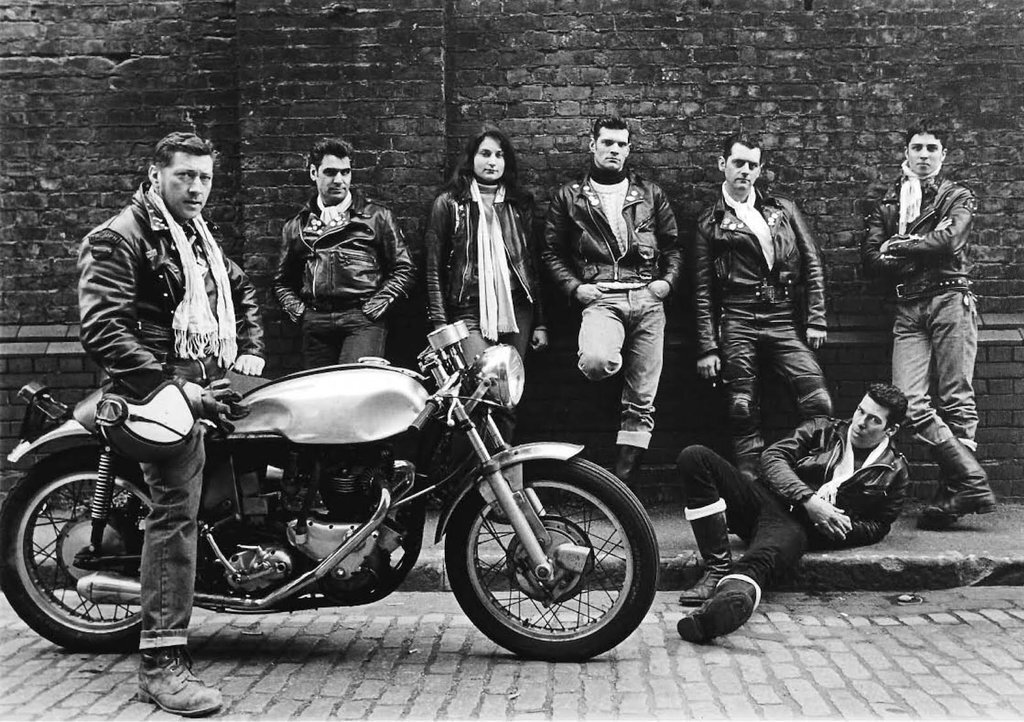
Soon, the café racer culture spilled out of the UK and into continental Europe and the US. In the 1970s, the café racer tradition found its welcome in the American custom bike building scene; fuelled by retro nostalgia and the need to create custom, one-of-a-kind machines, the American motorcyclists readily embraced the concept of the café racer.
Now, the café racer culture is as strong as ever with riders of all ages and walks of life working on their bikes and coming up with all sorts of crazy custom designs, and there are entire motorcycle accessories and apparel lines dedicated to the retro café racer aesthetics.
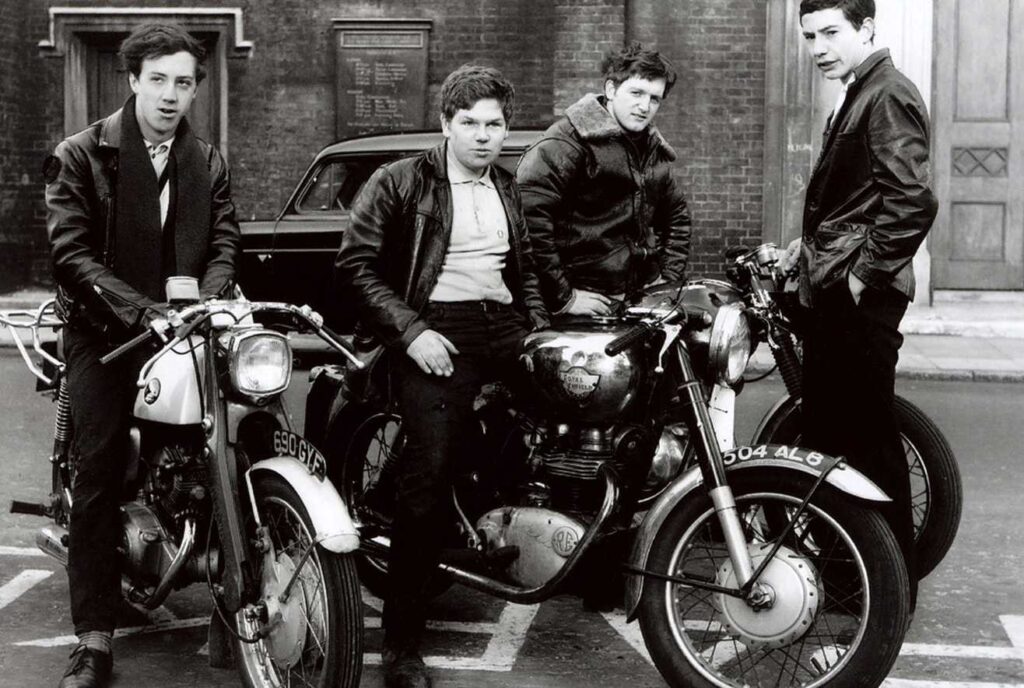
Café Racer Outfit & Motorcycles
The traditional café racer motorcycles were bikes made in the 1950s and 1960s: the iconic Triumph Bonneville, BMW R698, Honda CB750, and the BSA Lighting were all popular choices among the first café racers. However, the café racer motorcycle isn’t exactly about the make or the model, but about the culture and the custom tuning: while it features some of the classic looks, modern café racer bikes can be anything between Royal Enfield Continental, Moto Guzzi V7, and a Kawasaki W800. Generally speaking, the café racer style is about the urban feel, aggressive tires, heavily modified seats and suspension, and the iconic retro style. Café racers’ outfit mimics the aesthetics of the bikes: think wax jackets, engineer boots, and plenty of denim rather than leathers or textile gear. Café racers’ outfit is fully in sync with the Ace Café nostalgia, and, much like the culture itself, it’s about standing out and making your own ride.
